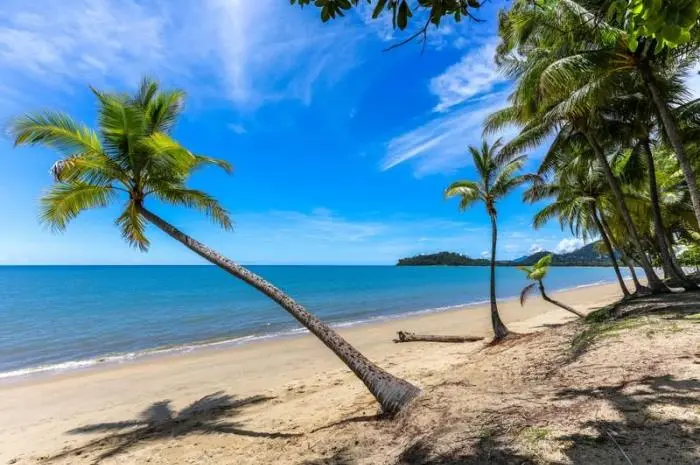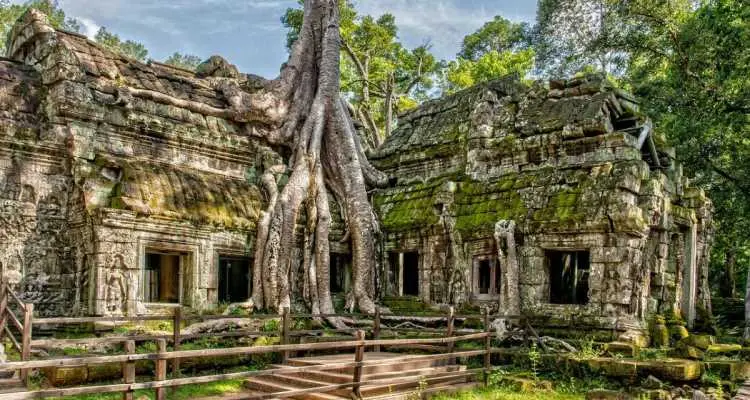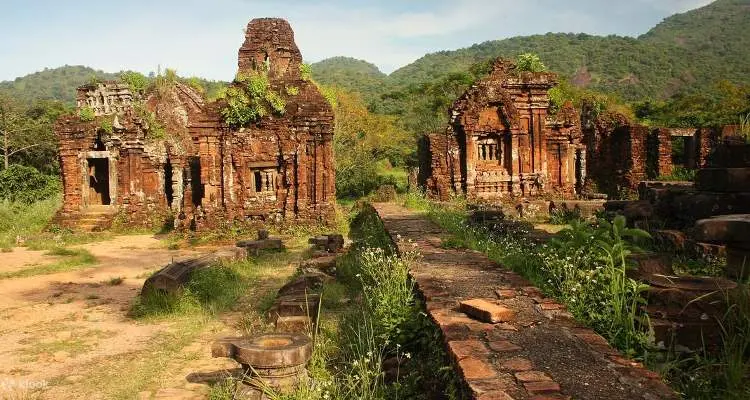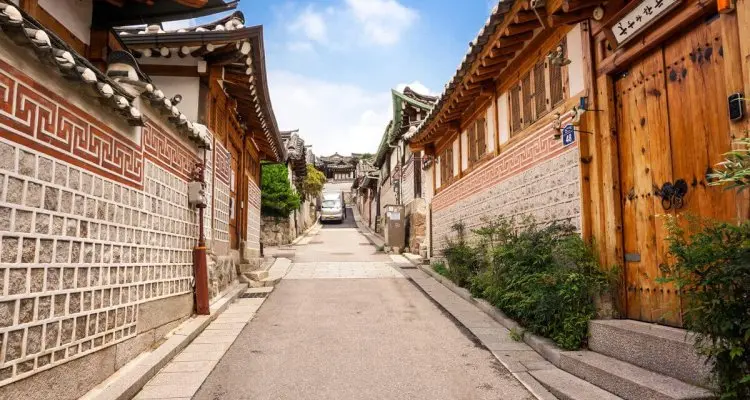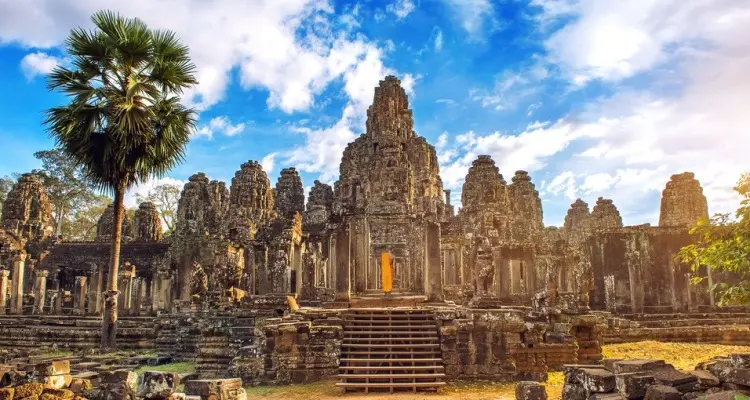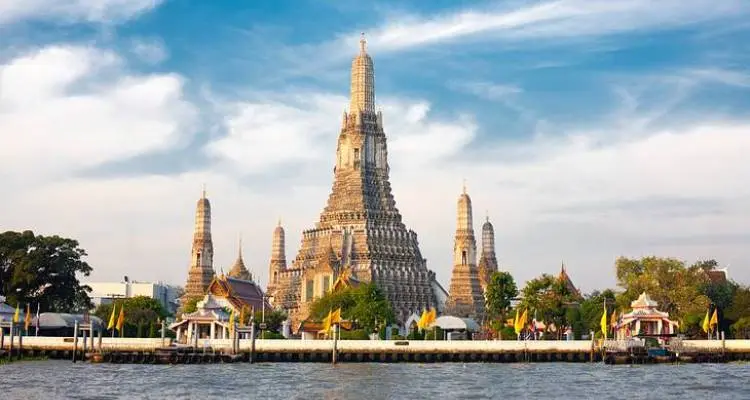Unveiling the Historic Legacy of Independence Palace, Vietnam
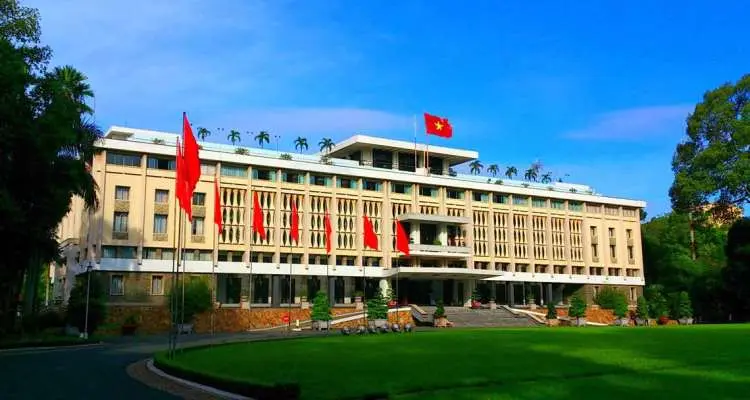
Independence Palace, also known as Reunification Palace, is an iconic landmark that holds immense historical significance in Vietnam. Located in Ho Chi Minh City, this grand structure witnessed pivotal moments in Vietnam’s history, including the end of the Vietnam War.
In this article, we explore the reasons why you should visit Independence Palace, its location and route, the best time to plan your visit, and the captivating sights that await exploration.
Why Visit Independence Palace?
Independence Palace stands as a symbol of Vietnam’s struggle for independence and reunification. It offers visitors a unique opportunity to delve into the country’s tumultuous past and gain insight into its political history. Stepping inside the palace is like entering a time capsule, where the events that shaped modern Vietnam come to life.
The palace is an impressive fusion of modernist architecture and traditional Vietnamese design, showcasing a captivating combination of styles. Its majestic halls, lavish furnishings, and carefully preserved artifacts offer a glimpse into the former opulence and influence held within its walls.
Through its captivating narrative, the palace tells the story of Vietnam’s quest for independence and the remarkable journey towards national unity.
Location and Route
Independence Palace is centrally located in Ho Chi Minh City, Vietnam’s bustling metropolis. It can be found at 135 Nam Ky Khoi Nghia Street, District 1. The palace’s prime location makes it easily accessible for both domestic and international visitors.
Reaching Independence Palace in Ho Chi Minh City is a convenient and hassle-free process. Whether you prefer walking, taking a taxi or Grab ride, or using public transportation, you have multiple options to choose from.
When to Visit
Independence Palace welcomes visitors throughout the year, ensuring you have the opportunity to explore its historical significance. However, it’s worth considering your preferences for weather conditions and crowd levels to choose the optimal time for your visit.
The climate of Ho Chi Minh City can be described as tropical, characterized by two main seasons: the dry season from December to April, and the rainy season from May to November. The dry season offers an ideal time for visiting as it provides pleasant temperatures and lower levels of rainfall. However, it’s worth noting that this period coincides with the peak tourist season, so expect larger crowds of visitors.
If you prefer to avoid crowds and don’t mind occasional rain showers, visiting during the rainy season can provide a more relaxed experience. Just be prepared with an umbrella or raincoat.
What to See
Independence Palace offers a variety of fascinating sights and exhibits that showcase its historical and cultural significance. Here are some highlights:
1. Presidential Reception Rooms
Explore the opulent reception rooms where official events and meetings took place. Marvel at the elegant furnishings, grand chandeliers, and intricately designed ceilings.
2. War Command Room
Step into the underground bunker that served as the nerve center for South Vietnam’s military operations during the Vietnam War. Discover the communication equipment, maps, and strategic planning facilities that were once vital in the conflict.
3. Presidential Living Quarters
Gain insight into the private lives of Vietnam’s leaders by visiting the former living quarters of the presidents. Admire the preserved decor, personal items, and the 1960s-style architecture that offers a glimpse into the lifestyle of the ruling elite.
4. Helicopter on the Rooftop
Witness the historic helicopter that landed on the palace’s rooftop on April 30, 1975, marking the end of the Vietnam War. This powerful symbol of victory serves as a reminder of the palace’s pivotal role in Vietnam’s reunification.
5. Gardens and Grounds
Take a leisurely stroll through the palace’s lush gardens and tranquil grounds. Admire the well-manicured lawns, beautiful fountains, and reflective ponds that provide a peaceful respite amidst the urban bustle.
In conclusion, a visit to Independence Palace offers an immersive experience into Vietnam’s political history and struggle for independence. From its striking architecture to its significant historical exhibits, the palace allows visitors to connect with the past and gain a deeper understanding of Vietnam’s journey towards sovereignty and unity.

